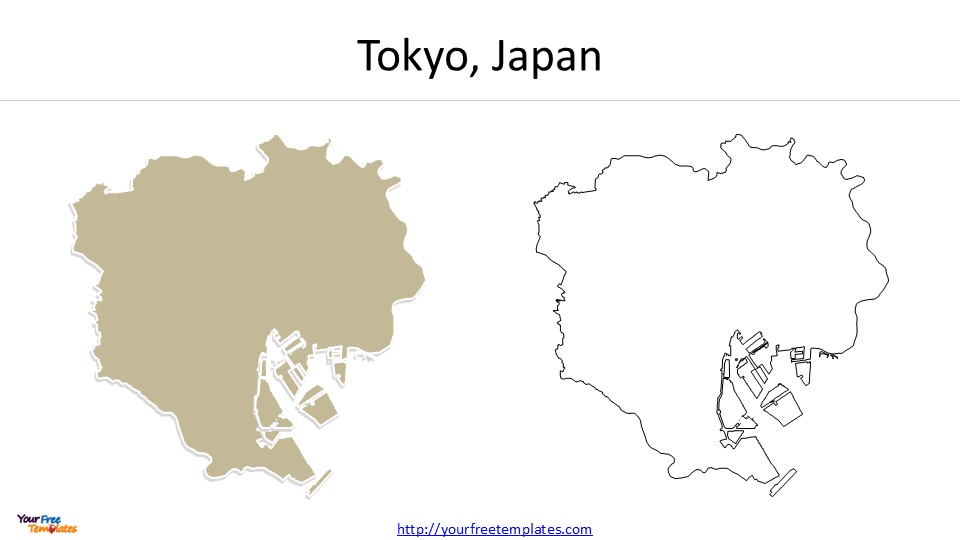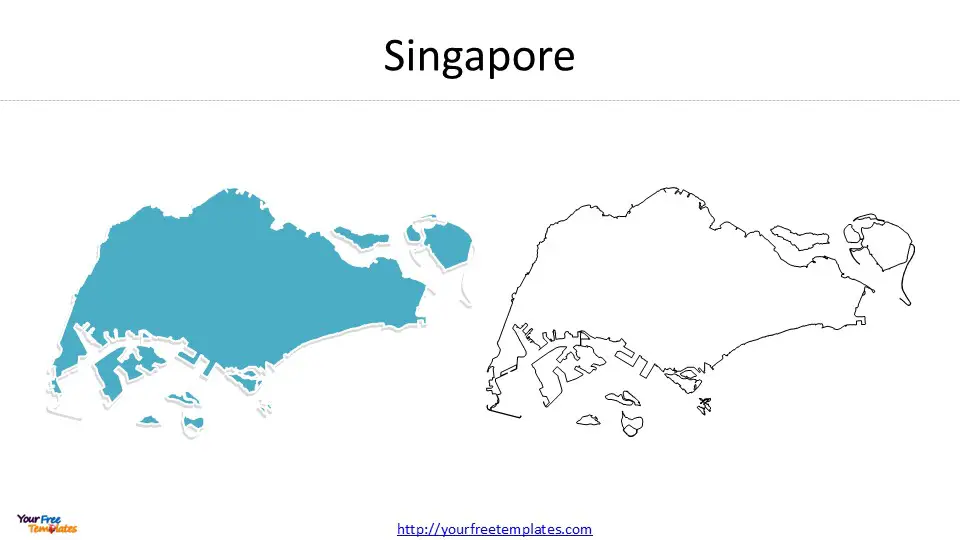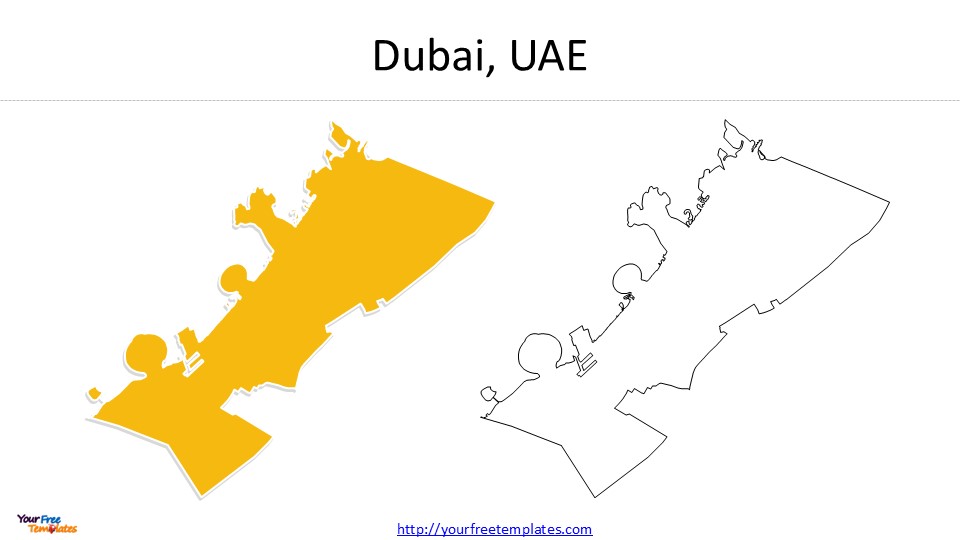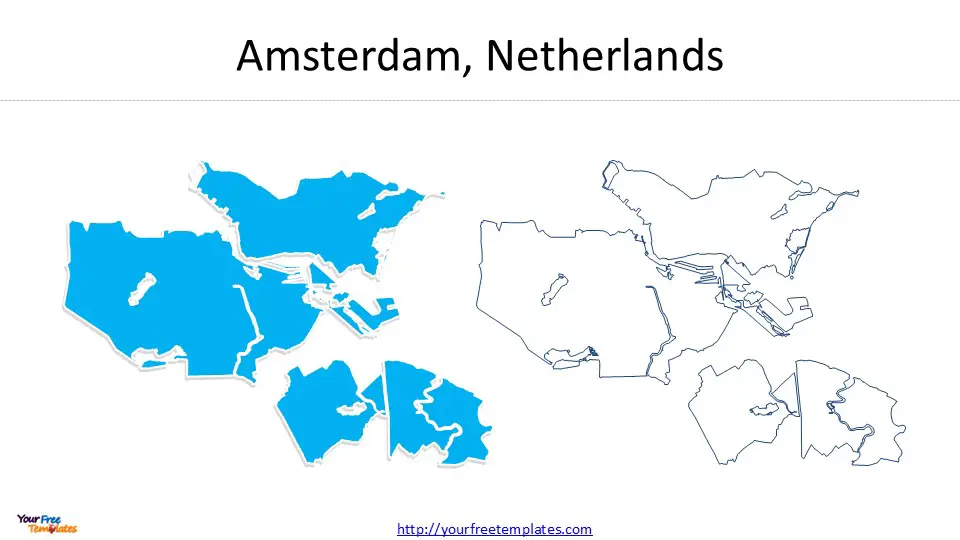Tokyo, Japan

Tokyo stands among the best cities in the world and shows how state-of-the-art solutions and optimization can build an exceptional urban environment. The city’s gross metropolitan output exceeds USD 1.00 trillion [14], making it the economic powerhouse of Asia.
Tokyo’s Innovation Economy
The Tokyo Metropolitan Government helps startups grow through its “Global Innovation with STARTUPS” initiative. We focused on the “10x10x10 Innovation Vision” that wants to increase unicorns, startups, and public-private partnerships tenfold by 2027 [14]. Entrepreneurs can find workspace and expert guidance at the Tokyo Innovation Base, which serves as a central hub for business development [15].
Tokyo’s Urban Efficiency
The world’s first urban emissions trading scheme started with Tokyo’s innovative Cap-and-Trade Program in 2010 [2]. The program achieved remarkable results:
| Achievement | Metric |
|---|---|
| Emissions Reduction | 22% from baseline [2] |
| Facility Coverage | 1,200 buildings [16] |
| Energy Consumption | Peak reduction since 2010 [2] |
Tokyo’s Safety Standards
Tokyo remains one of the safest global cities. The city’s residents rate their personal safety positively at 94% [3], which is a big deal as it means that it surpasses the global average of 80%. The city’s complete disaster response system handles natural events well and has earned worldwide recognition [4]. Tokyo ranks 6th globally for healthcare quality, and 89% of its residents praise healthcare availability [3].
Singapore

Singapore stands out as one of the best cities in the world with its innovative mix of technological advancement and high living standards.
Singapore’s Smart City Initiatives
Smart Nation 2.0 vision wants to achieve three goals: trust, growth, and community [17]. The government has set aside SUSD 120.00 million for AI adoption [18] to boost scientific research and education. The initiative has a new Digital Infrastructure Act for 2025 that aims to build resilient digital services [18].
Singapore’s Economic Strength
Singapore continues to be a global economic powerhouse with impressive indicators:
| Economic Metric | Performance |
|---|---|
| [GDP Per Capita | USUSD 78,400](https://sbr.com.sg/economy/news/global-cities-index-singapore-ranks-best-city-in-southeast-asia-third-in-asia) (Highest in Asia) [19] |
| Trade-to-GDP Ratio | 320% (Among World’s Highest) [20] |
| SME Contribution | 48% of Enterprise Value [20] |
The city-state’s strategic location helps control 40% of global maritime trade [21]. Its business-friendly environment ranks among the world’s most competitive markets [22].
Singapore’s Living Standards
Singapore provides exceptional quality of life and ranks 6th globally in the 2023 Expat Living Index [23]. The city-state excels in healthcare access with state-of-the-art medical facilities that include public, private, and specialty centers [5]. Safety is the life-blood of Singapore’s appeal with low crime rates and a transparent legal system [5]. The education system is among the world’s finest, especially when you have mathematics and science [5].
Dubai, UAE

Dubai stands as a global powerhouse and ranks among the best cities in the world. The city shows how forward-thinking leadership can revolutionize urban spaces. This remarkable growth story continues through well-planned development and state-of-the-art solutions.
Dubai’s Modern Infrastructure
The UAE’s construction sector focuses heavily on major public infrastructure projects that support Vision 2031 and 2050 Net Zero Strategy [24]. Mega-projects like Dubai South and extensive transport networks provide better connectivity between important zones [24]. Dubai’s transportation framework grows stronger with Metro expansion and Etihad Rail development [25].
Dubai’s Business Environment
Dubai’s economic outlook stays resilient, with key performance indicators showing strong growth:
| Economic Indicator | 2025 Forecast |
|---|---|
| [GDP Growth | 4.5%](https://tme-services.com/dubai/uae-business-outlook-2025-strong-growth-ahead-for-dubai-companies/) [26] |
| Non-Oil Sector Growth | 5.0% [26] |
| Workforce Participation | 4.0% increase [26] |
The UAE leads the world in entrepreneurship and ranks first in the Global Entrepreneurship Monitor Report for 2023-2024 [27].
Dubai’s Lifestyle Offerings
The Dubai Quality of Life Strategy 2033 presents bold plans to improve urban living. The strategy aims to expand cycling tracks by 300% and extend night swimming beaches by 60% [28]. More than 1,000 annual events will bring sports, culture, and entertainment to residents [29]. This comprehensive plan targets seven key demographic groups, including women, seniors, and youth, to ensure everyone benefits from the city’s development [29].
Amsterdam, Netherlands

Amsterdam stands out as one of the best cities in the world. The city’s steadfast dedication to green living and social well-being creates new benchmarks for urban excellence.
Amsterdam’s Sustainability Focus
Amsterdam now ranks first in Europe for environmental policies, taking the top spot in the Schroders European Sustainable Cities Index 2021 [30]. The city wants to cut new raw material use in half by 2030 [7]. Their strategy focuses on three key areas: food, consumer goods, and the built environment. The city’s circular economy plan tackles waste reduction and resource preservation. They have set an ambitious target to become fully circular by 2050 [7].
Amsterdam’s Work-Life Balance
Life in the Dutch capital revolves around balanced living. Workers spend an average of 26.9 hours per week at work [31]. The city values flexible schedules over long hours and puts leisure time first [6]. Here are some key quality-of-life markers:
| Metric | Performance |
|---|---|
| Happiness Index | 7.46/10 [31] |
| Annual Paid Leave | 20 days minimum [31] |
| Remote Work Availability | 20% of job positions [31] |
Amsterdam’s Urban Planning
The city takes a fresh approach to urban growth that tackles both environmental and social needs. Amsterdam’s Digital Urban Planning Lab drives community research and develops digital tools [32]. This enhances the city-making process without doubt. The city’s residents play an active role in making decisions through various ‘living labs’. These labs test adaptable metropolitan solutions [33], making Amsterdam a leader in people-focused urban development.














